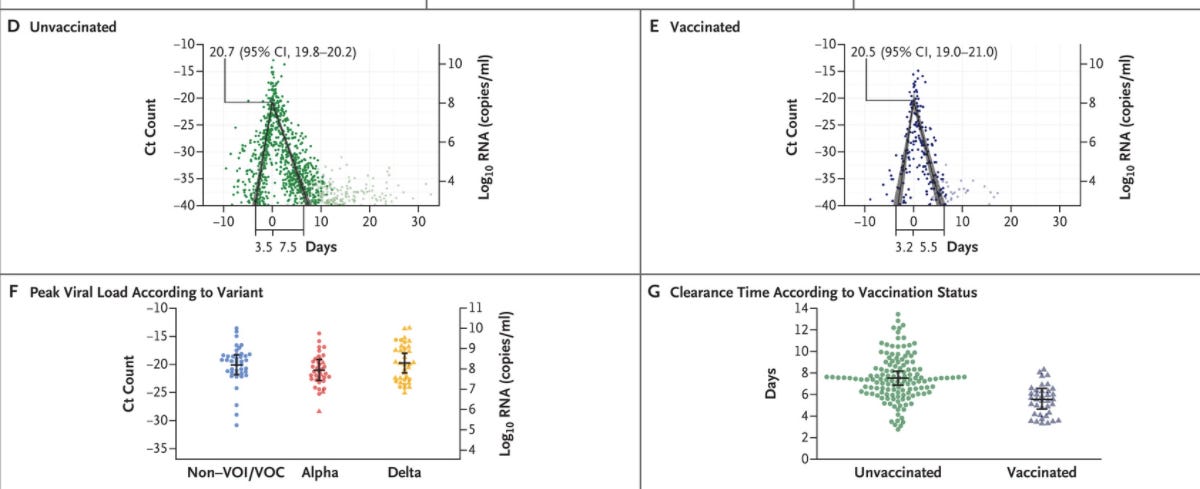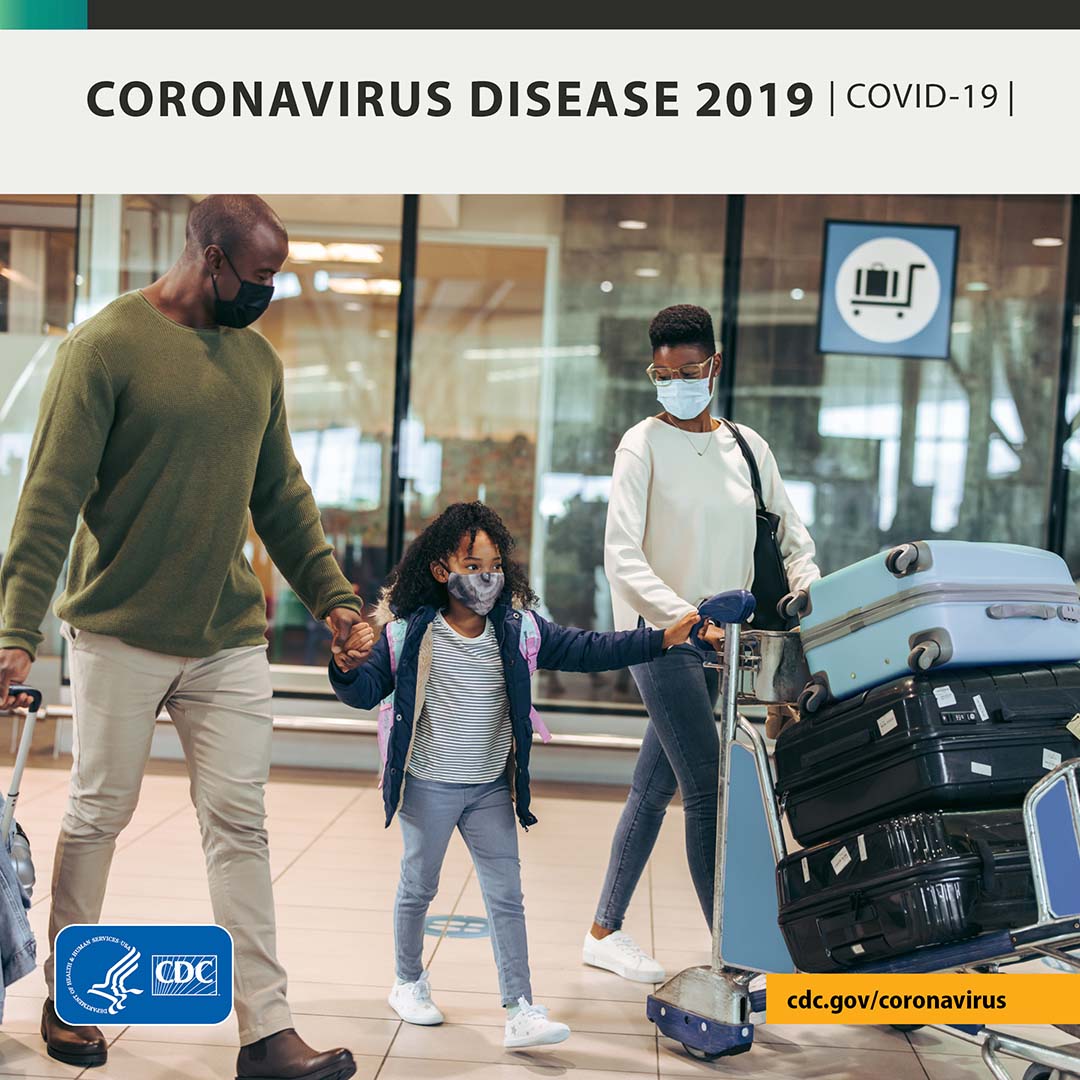On the good news side, 2 studies show as expected that T-cells from prior infection or various vaccines continue to match omicron well (unlike existing antibodies which are less able to match).
Welcome to Tesla Motors Club
Discuss Tesla's Model S, Model 3, Model X, Model Y, Cybertruck, Roadster and More.
Register
Install the app
How to install the app on iOS
You can install our site as a web app on your iOS device by utilizing the Add to Home Screen feature in Safari. Please see this thread for more details on this.
Note: This feature may not be available in some browsers.
-
Want to remove ads? Register an account and login to see fewer ads, and become a Supporting Member to remove almost all ads.
You are using an out of date browser. It may not display this or other websites correctly.
You should upgrade or use an alternative browser.
You should upgrade or use an alternative browser.
Coronavirus
- Thread starter Wenche
- Start date
FlatSix911
Porsche 918 Hybrid
Not really - your conclusion appears to be inconsistent with the current data for Omicron.Florida. Huge case numbers and hospitals on track to match last winters peak perhaps by the end of next week.
See the article below regarding the decoupling trend for Cases vs Hospitalizations and Deaths.

State of Affairs: Dec 28
I was hoping for a relatively quiet week. But, as with a lot of people right now, SARS-CoV-2 finally caught up with my little family. I finally got a break at our “hot mess express” house to get a handle on the current state of affairs. This is where we are today…
Not really - your conclusion appears to be inconsistent with the current data for Omicron.
See the article below regarding the decoupling trend for Cases vs Hospitalizations and Deaths.

State of Affairs: Dec 28
I was hoping for a relatively quiet week. But, as with a lot of people right now, SARS-CoV-2 finally caught up with my little family. I finally got a break at our “hot mess express” house to get a handle on the current state of affairs. This is where we are today…yourlocalepidemiologist.substack.com
View attachment 749768
From that linked article…
However, even with this decoupling, some states still have very high hospitalizations. For example, Ohio hospitalizations are 105% of what they were for last winter.
scottf200
Well-Known Member
And Florida is complaining about not having one of your main solutions (monoclonal antibodies) to the pandemic.Florida. Huge case numbers and hospitals on track to match last winters peak perhaps by the end of next week.
EVNow
Well-Known Member
Everything FL does and says is directly related to only one thing. Presidential ambitions of the governor. So, I just ignore what they do/say.And Florida is complaining about not having one of your main solutions (monoclonal antibodies) to the pandemic.
Last edited:
scottf200
Well-Known Member
Defn: voluntold: The exact opposite of volunteering. Always used in reference to an unpleasant task to which you have been assigned by your boss.Just voluntold to work tomorrow due to shortage of providers not on quarantine, hoping it is not a thing...
Are those the MCA version that actually works against Omicron? Or are they saving those for really important people.And Florida is complaining about not having one of your main solutions (monoclonal antibodies) to the pandemic.
These graphs, posted to Twitter, compare the relative rates of cases to hospitalizations for Delta and Omicron. We’re still early in the Omicron wave, but the dashed red line for Omicron hospitalization looks like it’s on a track to surpass the absolute Delta numbers soon. Hospitalizations lag and Florida’s new infection case numbers have continued to zoom higher in the last 5 days.From that linked article…
Note that the hospitalizations for children are already surpassing Delta.
Adult:
Child:
AlanSubie4Life
Efficiency Obsessed Member
Worth noting that hospitalizations are a coarse measure, and not all hospitalizations are equal. Fortunately, it really does seem like Omicron hospitalizations are more mild than prior variant hospitalizations - perhaps even milder than early, wild type.These graphs, posted to Twitter, compare the relative rates of cases to hospitalizations for Delta and Omicron. We’re still early in the Omicron wave, but the dashed red line for Omicron hospitalization looks like it’s on a track to surpass the absolute Delta numbers soon. Hospitalizations lag and Florida’s new infection case numbers have continued to zoom higher in the last 5 days.
Note that the hospitalizations for children are already surpassing Delta.
Adult:
View attachment 750022
Child:
View attachment 750023
So we can hope that while the hospitals are busy, perhaps they won’t have to worry about running out of oxygen and ventilators - it looks like the need is really lower.
Whether this is due to vaccination or an inherent difference is harder to determine.
scottf200
Well-Known Member
Work against AFAIK. ie. Gov purchase of Sotrovimab in Nov.Are those the MCA version that actually works against Omicron? Or are they saving those for really important people.
However, various articles on how hospitals should migrate/mix using the old and new types .... after all, there will be a transitory period where patients have Delta vs Omicron. 100:0, then 90:10, then 70:30 ... 10:90, etc.
EVNow
Well-Known Member
There are so many factorsWhether this is due to vaccination or an inherent difference is harder to determine.
- Time since last vaccination / last infection
- Type of vaccine / last infection variant
- How many doses / vaccine + infection combination …
They need to do proper multi-variant analysis …
NikolaACDC
Member
Some hopeful news about efficacy of the J&J vaccine/booster:
New COVID studies show promise for the Johnson & Johnson vaccine booster
"Two new studies of a Johnson & Johnson COVID-19 vaccine booster showed promise against the omicron variant at a time when public health officials are urgently recommending booster shots against the fast-spreading variant.
One study was conducted in some 69,000 health care workers in South Africa. Results showed the vaccine reduced hospitalizations by 85% when comparing people who got two doses of the J&J vaccine to people who had a single dose.
...
A second study from Beth Israel Deaconess Medical Center in Boston showed that blood from people who had received booster doses of the J&J vaccine had strong immune responses to omicron in the lab — stronger even than the response produced by a booster dose of the Pfizer COVID-19 vaccine. The stronger the immune response in the lab, the more likely the vaccine will prove effective at preventing serious illness in the real world.
Neither study has yet appeared in a peer-reviewed scientific journal."
New COVID studies show promise for the Johnson & Johnson vaccine booster
"Two new studies of a Johnson & Johnson COVID-19 vaccine booster showed promise against the omicron variant at a time when public health officials are urgently recommending booster shots against the fast-spreading variant.
One study was conducted in some 69,000 health care workers in South Africa. Results showed the vaccine reduced hospitalizations by 85% when comparing people who got two doses of the J&J vaccine to people who had a single dose.
...
A second study from Beth Israel Deaconess Medical Center in Boston showed that blood from people who had received booster doses of the J&J vaccine had strong immune responses to omicron in the lab — stronger even than the response produced by a booster dose of the Pfizer COVID-19 vaccine. The stronger the immune response in the lab, the more likely the vaccine will prove effective at preventing serious illness in the real world.
Neither study has yet appeared in a peer-reviewed scientific journal."
AlanSubie4Life
Efficiency Obsessed Member
The multiple studies showing how the reproductive capability differs in different tissues does suggest an underlying reason for the difference, at least. In this case, I agree with @bkp_duke ’s assessment. I would not describe it as “mild” for an immune-naive individual though, in spite of the changes. It seems amply capable of killing and doing serious damage, without any protection in place.There are so many factors
- Time since last vaccination / last infection
- Type of vaccine / last infection variant
- How many doses / vaccine + infection combination …
They need to do proper multi-variant analysis …
I suspect that given the breakthrough rates, time since infection or vaccination is actually a relatively weak factor in prognosis - once you get out 2-3 months from those events, since then you’re just taking about the more durable second line of defense.
I’d guess at that point it just comes down to how many doses/infections you’ve had in total; the more the better, due to better targeting and faster response.
CDC has issued a warning to avoid cruise ships, regardless of vaccination status, as the ships have reached level 4 status.


JRP3
Hyperactive Member
I'm sure this is obvious to everyone here but K/N 95 is the only way to go with Omicron

 www.independent.co.uk
www.independent.co.uk

Expert warns that cloth masks are useless in fight against Omicron
‘Cloth masks are little more than facial decorations. There’s no place for them in light of Omicron,’ doctor says
nwdiver
Well-Known Member
I just can't believe these numbers...I realize hospitalizations and deaths are lower but wow.
COVID Data Tracker
CDC’s home for COVID-19 data. Visualizations, graphs, and data in one easy-to-use website.
covid.cdc.gov
AlanSubie4Life
Efficiency Obsessed Member
I figured for the last couple weeks that a single-day figure of 1 million cases was possible, but I didn’t think the 7da would get to that. Now I wonder, given we seem to be in the early days of this two-week spike…View attachment 750168
I just can't believe these numbers...I realize hospitalizations and deaths are lower but wow.

COVID Data Tracker
CDC’s home for COVID-19 data. Visualizations, graphs, and data in one easy-to-use website.covid.cdc.gov
Given underascertainment, seems like 1/3 people in the US could get this in a month (20 million cases, 110 million infections). Better than the most impressive vaccination campaign, I guess.
We’ll see how it turns out; extremely difficult to predict exactly when it will break as we don’t actually know how many people are truly susceptible.
EVNow
Well-Known Member
Similar threads
- Replies
- 84
- Views
- 6K
- Replies
- 2
- Views
- 1K
- Replies
- 165
- Views
- 26K
- Replies
- 85
- Views
- 10K
- Replies
- 23
- Views
- 5K
B


